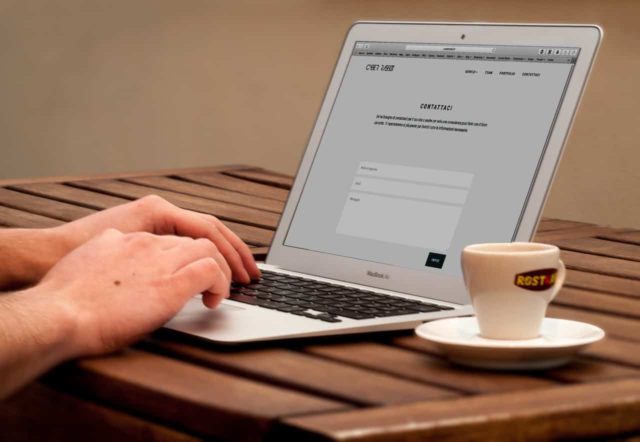Education is one of the most sought-after niches for bloggers. Why? People always seek the help of teachers or educators when they need help with an assignment, a simplified narration of education news, or tips to read and study more effectively. And what better way to meet these demands, build an online presence and generate income for yourself while sharing precious knowledge than starting your education blog. To facilitate your brand-building process and have more readers visit your blog, you can get organic followers from SimplyGram, or simply focus your efforts on SEO.
However, starting and running a successful education blog requires skill and dedication. Times have changed, and precision is more important than ever if you want to gain the trust of your potential readers. Not only would you be educating students, but you’ll also have co-educators looking for a more simplified or clearer perspective in certain fields.
To help you become the professional blogger you desire to be, here’s a comprehensive guide that’ll set you on the right path.
1. Narrow Down Your Focus
First and foremost, you need to select a sub-niche that you’re most interested in or specialized in. This will help you decide the direction of your blog and help you meet the demands of a specific audience.
You need to understand that your education blog won’t be for everybody, and that’s fine. All that matters is that you’re giving useful information to the readers your blog is designed for.
Here are some types of education blogs that’ll inspire you to choose a direction and structure for your successful education blog:
- Lesson plans: You can create a daily guide for what students need to learn and the best ways to teach them and measure their knowledge. You can also sell your lesson plans when you create them in slides.
- School hacks: Share some useful tips that can help students maintain a study culture that helps them do better at school.
- Education technology: Review some productivity tools and software that readers can use to simplify learning.
- Help students and parents: You can also use your educational blog to keep parents updated on students’ academic progress and the best ways to show their support.
- Teacher POV: You can share real-life experiences on what your life as a teacher is like to engage those who wish to go down that career path or those with similar experiences.
2. Choose A Suitable Blogging Platform
Selecting the best blogging platform is important in helping readers see your content on the internet. You can start on websites like Instagram or Facebook, and also create a website for your blog. To create your blog website, there are so many options, to begin with. Some are free, some cost money. But for starters, you could stick with the free plan until you start profiting from your successful education blog, or choose to invest by starting with a paid plan that gives you access to more functions and features.
Wix and Squarespace remain the top free blogging platform, with WordPress leading them both. These platforms come with their free and paid plans to help beginners start up their career in blogging without a cost.
3. Decide What Domain Name To Use
A domain name is required to give people access to your blog. To make it memorable and catchy, using your website name as your domain name is ideal. Also, ensure that your domain/website name is unique and broad to help you expand the scope of your blog as it grows.
4. Buy The Domain Name And Hosting
Whether you want to host a new website, a web page, a personalized or professional email address, or use a cloud-based file storage service, the first step is to register the perfect domain name with a reliable domain names registrar.
Legally own and secure your preferred domain name by purchasing it, alongside your web hosting. They both work hand-in-hand to ensure that your blog is accessible and doesn’t crash over time. When buying your domain name and web hosting, you have to make sure you get an SSL certificate to secure the data of your visitors.
5. Start To Create And Upload Content
Start creating content that aligns with your chosen niche. Keep it simple and super informative. You should also do a lot of thinking when selecting a topic, it’s the best way to grab the attention of your readers before introducing them to your main content.
To give your readers a better experience, you should give your website an appealing aesthetic. Use an educational theme, color, include a logo and pictures where necessary too. Bombarding your blog with long, plain texts may bore most readers easily.
Also, categorize each content of your blog to help readers navigate to the information they need most rather than mixing everything up – this may confuse them.
6. Promote Your Blog
Get people to visit your blog once you have everything in place. You can either ask your friends and family to visit, share on social media, join the community of other educators, or utilize SEO (Search Engine Optimization). In terms of social media, platforms like TikTok are proven successful if you grow your following, such as choosing to buy TikTok followers, as you can post videos to advertise your blog!
Bottom line
Running a successful education blog takes time, especially in a competitive industry like educational blogging. But as long as you create quality and unique content, your work will speak for itself. With these tips, you can become the educational blogger you wish to be.

